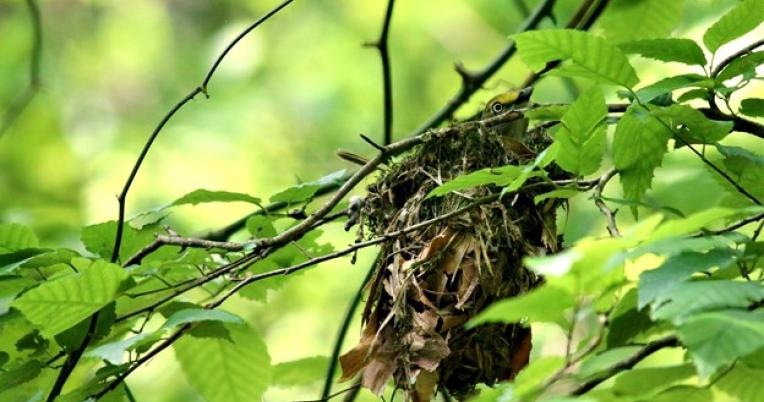Jump To:
The Missouri Ozark Forest Ecosystem Project (MOFEP) is a long-term, landscape-level experiment measuring the living (i.e. birds, plants, trees) and non-living (i.e. soil, water, weather) parts of a forested ecosystem. MOFEP provides science-based information to forest managers so they may employ management practices that ensure healthy and sustainable forest, fish and wildlife resources while also providing opportunities to all citizens to use, enjoy and learn about their forest resource.
MOFEP is composed of 9 sites that range in size from 770 – 1,300 acres and each have been randomly assigned a type of forest management: even-age, uneven-aged and no harvest management. Management treatments which include clear-cuts with reserves, shelterwood, single-tree selection, and group openings occur every 15 years. Over 25 different projects have been established on the 9 sites to measure ecosystem response to management.
MOFEP was established in 1989 with the installation of study plots and the collection of pre-treatment data. To measure the long-term impacts of forest management, MOFEP will continue to implement treatments and collect forest data for 100–200 years.
There are five core projects on MOFEP that collect data on a regular interval: migrant songbirds, reptiles and amphibians, small mammals, ground flora, and woody vegetation. Data has been collected and analyzed for first 30 years of MOFEP with early results dependent on the scale of measurement; for example, while we are observing impacts of forest treatment at the stand-level (~14 acres), there have been less statically significant impacts on the site level. Overall, there has been no demonstrated risk of loss of species locally documented in the forested ecosystem due to timber management. MOFEP will continue to inform management for over 100 years.

